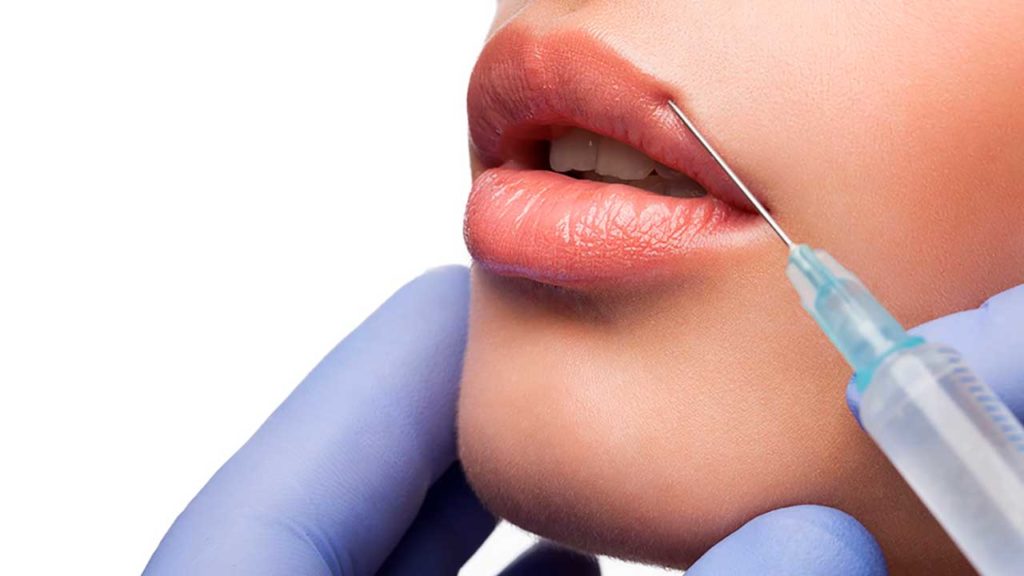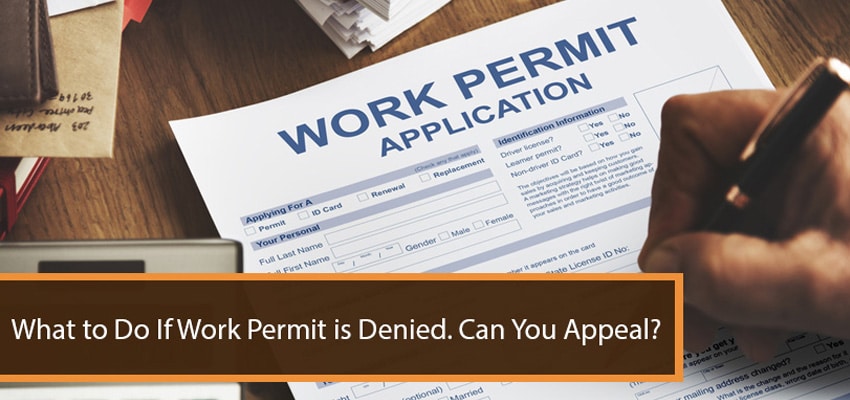Lip Fillers for Beginners | Your Step-by-Step Guide

Lip fillers have become one of the most sought-after treatments for those looking to enhance their natural lip shape, restore volume, or achieve a fuller, more youthful appearance.
Whether you’re considering fillers for the first time or simply curious about the process, understanding the ins and outs of the procedure is key to making an informed decision. In this step-by-step guide, we’ll walk you through everything you need to know about fillers, from what they are to what you can expect before, during, and after your treatment.
What Are Lip Fillers?
Lip fillers are injectable treatments used to enhance the size, shape, and symmetry of the lips. The most common type of lip filler is made from hyaluronic acid (HA), a substance naturally found in the skin that attracts moisture and helps maintain volume.
Other filler types may include collagen-stimulating agents or synthetic materials, but HA-based fillers are the most widely used due to their safety, effectiveness, and natural results.
Thin lips: For those who feel their lips are too small or lack definition.
Volume loss: A common sign of aging, where lips lose their fullness over time.
Uneven shape: To correct asymmetry or create a more balanced look.
Fine lines: Particularly around the lips, can be softened or minimized.
Step 1: Consultation with a Qualified Provider
The first and most important step in getting fillers is choosing a skilled, licensed provider. This could be a dermatologist, plastic surgeon, or licensed aesthetician specializing in injectables. During your initial consultation, your provider will discuss your aesthetic goals, assess your lip structure, and recommend the best approach for your specific needs.
Key things to discuss during your consultation:
Goals: Communicate what you hope to achieve (e.g., fuller lips, more defined cupid’s bow, or reducing fine lines).
Medical history: Inform your provider of any allergies, previous filler treatments, or health conditions, particularly if you have any history of cold sores, which can affect the healing process.
Expected results: Ask to see before-and-after photos of previous patients to get an idea of the outcomes.
The procedure: Understand the process, the types of fillers used, and any risks or side effects involved.
The consultation will also allow your provider to explain the options available and help you set realistic expectations. Make sure you feel comfortable and confident with their experience and approach.
Step 2: Preparing for the Procedure
Once you’ve decided to move forward with fillers, there are a few preparatory steps to ensure a smooth procedure and minimize complications:
Avoid blood-thinning medications: If possible, stop taking blood thinners (e.g., aspirin, ibuprofen, or certain supplements like fish oil) for a few days before your appointment. This can reduce the risk of bruising during and after the treatment.
Stay hydrated: Drink plenty of water leading up to the procedure to help your skin stay hydrated and plump.
Avoid alcohol: Refrain from drinking alcohol at least 24 hours before the procedure, as alcohol can also contribute to bruising and swelling.
Arrive makeup-free: Clean your face and lips to allow your provider to work on a clean surface.
Many providers may apply a numbing cream or gel to the lips about 15-30 minutes before the procedure to minimize discomfort. Some fillers also contain lidocaine, a local anesthetic, which can further reduce pain during injections.
Step 3: The Procedure
The actual lip filler procedure usually takes between 15 to 30 minutes, depending on how much volume is being added and the areas being treated. Here’s what you can expect:
Marking the treatment area: Your provider will mark the injection sites on your lips to ensure symmetry and precision. These marks will guide the placement of the filler.
Injection: Using a fine needle or cannula, the filler is injected into the lip tissue at specific points. Your provider may make several small injections along the upper and lower lips, depending on the desired shape and volume.
Massage and shaping: After injecting the filler, your provider will gently massage your lips to ensure the filler is evenly distributed and to smooth out any bumps or irregularities. This is also the time for any final adjustments.
While the injections themselves may cause some discomfort, the numbing cream should make the process relatively painless. You may feel slight pressure or a pinching sensation as the filler is injected.
Step 4: Post-Treatment Care
After the procedure, you may experience some mild swelling, redness, or bruising around the injection sites. These effects are usually temporary and should subside within a few days. Here are some tips for optimal recovery and results:
Apply ice: To reduce swelling and discomfort, gently apply an ice pack wrapped in a cloth to the treated area for 10-15 minutes at a time during the first 24 hours.
Avoid touching or massaging your lips: Resist the urge to touch your lips immediately after treatment to prevent infection or displacement of the filler.
Stay upright: Avoid lying down flat for the first few hours after treatment to help reduce swelling.
Avoid strenuous exercise: Masseter Botox, Try to refrain from intense physical activities, including heavy workouts, for 24-48 hours post-treatment to prevent excessive swelling or bruising.
No alcohol or smoking: For at least 24-48 hours after the procedure, avoid alcohol and smoking to promote healing and reduce swelling.
You should be able to return to normal activities almost immediately, but you may want to avoid public events for the first day or two if you experience significant swelling or bruising.
Step 5: The Results and Maintenance
One of the best aspects of fillers is that the results are visible immediately. However, you may not see the full effect until any swelling subsides, usually within a week. The final result will give you fuller, more youthful lips with enhanced definition and volume.
While lip offer instant gratification, the results are not permanent. On average, hyaluronic acid-based fillers last 6 to 12 months, depending on the type of filler used, your metabolism, and lifestyle factors. Regular maintenance treatments will be required to maintain the fullness and shape of your lips.
Conclusion
Lip fillers are a popular and effective way to enhance your lips and achieve a fuller, more youthful appearance. The process is relatively quick and non-invasive, with minimal downtime and immediate results. However, it’s important to have a thorough consultation with a qualified provider, follow pre- and post-treatment instructions carefully, and manage your expectations regarding the longevity of the results.











